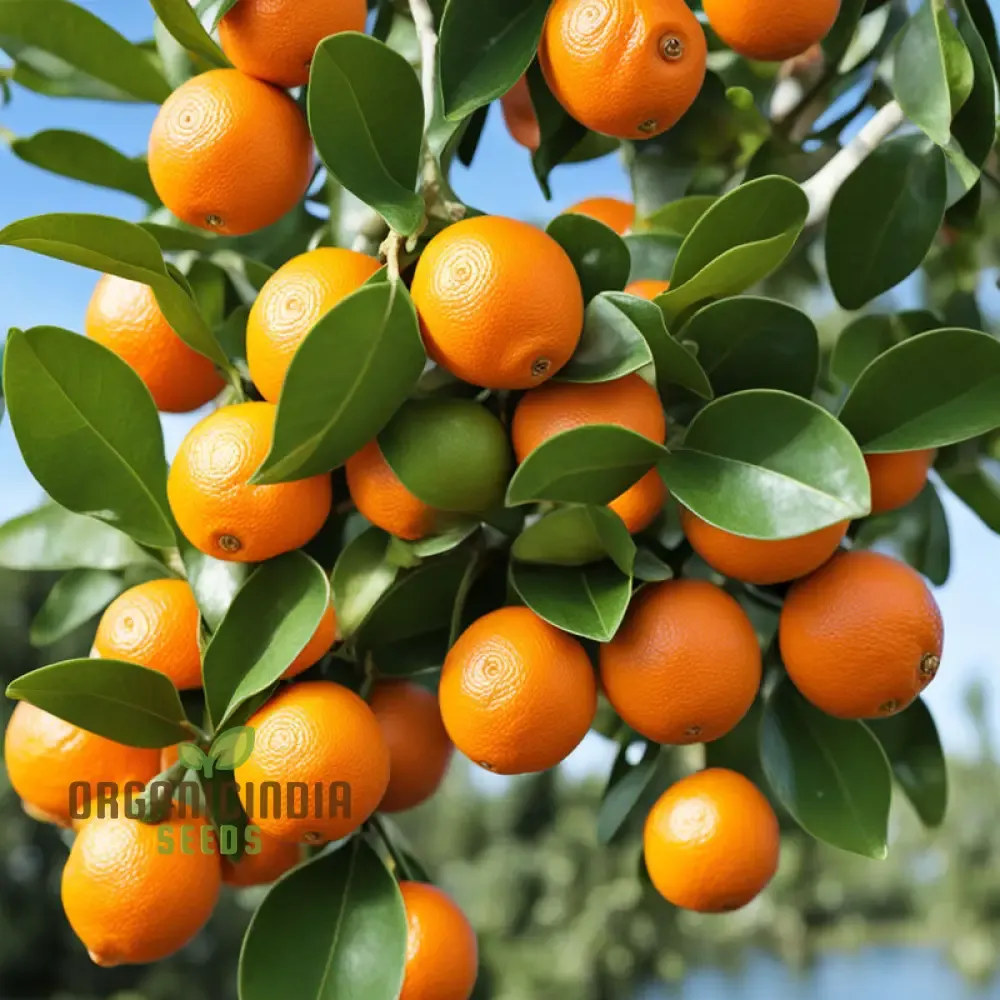A Complete Guide to Growing Saffron Flower Bulbs (Crocus Sativus Corms) at Home
Saffron (Crocus Sativus) is one of the most precious and expensive spices in the world, known for its vibrant red threads, aromatic fragrance, and incredible culinary and medicinal benefits. This spice is derived from the delicate stigma of the saffron crocus flower, which blooms in mid to late autumn. Each flower produces only three red stigmas, making it a labor-intensive crop, but one that is highly rewarding for home gardeners.
Growing saffron bulbs at home allows you to harvest fresh, chemical-free saffron, ensuring the highest quality and purity. Whether you have a large garden or limited space in containers, saffron bulbs are easy to grow and care for, providing years of sustainable spice production.

Why Grow Saffron Flower Bulbs?
- Homegrown Saffron is Cost-Effective — High-quality saffron is extremely expensive in stores. Growing your own is a cost-efficient and sustainable alternative.
- Minimal Space Requirement — Saffron bulbs do not need large spaces and can be grown in containers, raised beds, or garden borders.
- Beautiful Autumn Flowers — The stunning purple petals with red stigmas make it a decorative and functional plant.
- Drought-Tolerant & Low-Maintenance — Once established, saffron requires little water and care, making it perfect for beginner gardeners.
- Multiplication of Corms — Each year, the corms produce offsets, naturally increasing your harvest.
When to Plant Saffron Bulbs
- Best Planting Time: Late summer to early fall (August to September).
- Blooming Period: Mid to late autumn (October-November).
- Harvest Time: 3–4 weeks after flowering, when the red stigmas appear.
- Dormancy Period: After flowering, the plant remains dormant from late spring to summer, requiring little to no maintenance.
Where to Plant Saffron Bulbs
1. Choosing the Right Location
- Full Sun Exposure — Saffron requires at least 6–8 hours of direct sunlight daily.
- Well-Draining Soil — Prefers sandy or loamy soil with a pH of 6.0–8.0.
- Dry Climate — Thrives in regions with low humidity and mild winters.
2. Suitable Planting Areas
- Garden Beds — Ideal for large-scale saffron planting.
- Raised Beds — Prevents waterlogging and improves drainage.
- Containers & Pots — Perfect for small-space gardening and easy control over soil conditions.
How to Plant Saffron Bulbs
Outdoor Planting
- Soil Preparation: Loosen the soil and mix in organic compost to improve fertility.
- Plant the Corms: Place bulbs pointed side up, 3–4 inches deep, and 4–6 inches apart.
- Watering: Water lightly after planting. Avoid overwatering to prevent rot.
- Mulching: Apply straw or dry leaves to retain moisture and protect from frost.
Indoor & Container Planting
- Use Well-Draining Pots: Choose terracotta or ceramic pots with drainage holes.
- Plant at Proper Depth: Follow the same 3–4 inch planting depth as outdoor planting.
- Provide Sunlight: Place pots in a sunny location, like a balcony or windowsill.
- Monitor Watering: Only water when the topsoil feels dry to the touch.
How to Care for Saffron Plants
Watering
- Water lightly once or twice a week after planting.
- Reduce watering once flowers appear.
- During the dormant phase (late spring to summer), do not water the bulbs.
Fertilizing
- Apply a balanced fertilizer (10–10–10 NPK) in early fall to support healthy growth.
- Avoid excessive nitrogen, as it promotes foliage growth rather than flower production.
Pruning & Maintenance
- Remove faded flowers to encourage future blooms.
- Allow foliage to die back naturally, as it provides energy for the next season.
- Replant every 3–4 years to maintain healthy bulb production.
Pest & Disease Prevention
- Rodent Protection: Squirrels and mice may dig up saffron bulbs. Use chicken wire or plant in raised beds to deter pests.
- Fungal Diseases: Avoid excessive moisture to prevent bulb rot and fungal infections.
Best Companion Plants for Saffron Bulbs
Ideal Companion Plants
-
Lavender — Enhances drainage and attracts pollinators.
- Thyme & Rosemary — Help control moisture levels.
- Marigolds — Deter nematodes and harmful insects.
Plants to Avoid
- Water-Loving Plants (Ferns, Hostas, etc.) — Can create excessive moisture, leading to bulb rot.
How to Harvest and Store Saffron Threads
Harvesting Saffron
- Harvest early in the morning, when flowers are fully open.
- Gently remove the three red stigmas from each flower using tweezers.
- Spread stigmas on paper towels in a dry, warm area to air-dry for 3–5 days.
Storing Saffron
- Once fully dried, store saffron threads in an airtight container.
- Keep in a cool, dark place, away from direct sunlight and moisture.
- Properly stored saffron retains its potency for 2–3 years.
Expanding Your Saffron Garden
- Each year, saffron bulbs multiply by producing offsets.
- Dig up and separate corms every 3–4 years to expand your saffron production.
- Replant separated bulbs in fresh soil to continue a sustainable saffron harvest.
Culinary and Medicinal Uses of Saffron
Culinary Uses
- Flavor Enhancer — Used in dishes like paella, risottos, biryanis, and desserts.
- Natural Colorant — Adds a vibrant golden-yellow hue to foods.
- Tea Infusions — Saffron tea is known for its antioxidant properties.
Medicinal Benefits
- Mood Booster — Helps in reducing stress and anxiety.
- Rich in Antioxidants — Supports heart health and immune function.
- Aids Digestion — Promotes better metabolism and gut health.
Final Thoughts
Growing Saffron Flower Bulbs (Crocus Sativus Corms) at home is an economical and rewarding way to cultivate your own pure saffron. With minimal maintenance, saffron plants will return year after year, offering both stunning autumn blooms and a valuable spice.
For the best quality Saffron Bulbs, order from Organic India Seeds and start your own saffron garden today!



Commenta
Questo sito è protetto da hCaptcha e applica le Norme sulla privacy e i Termini di servizio di hCaptcha.